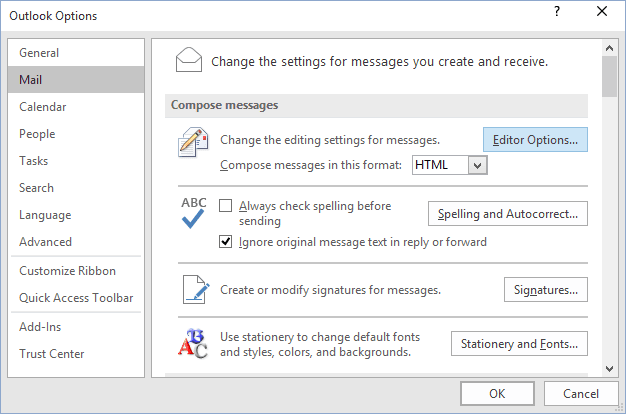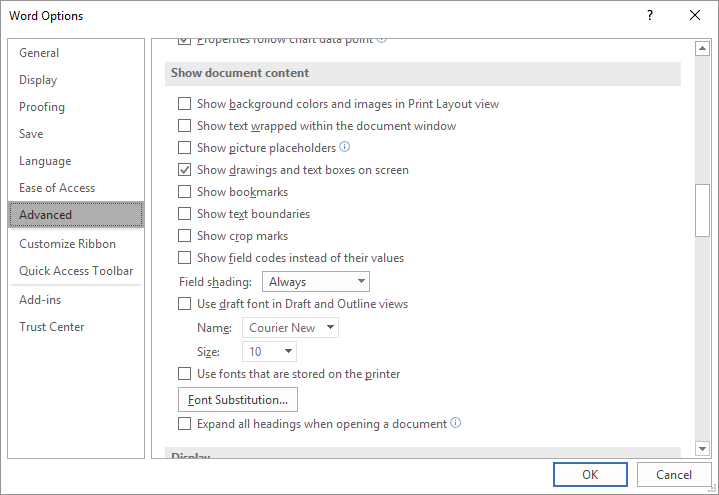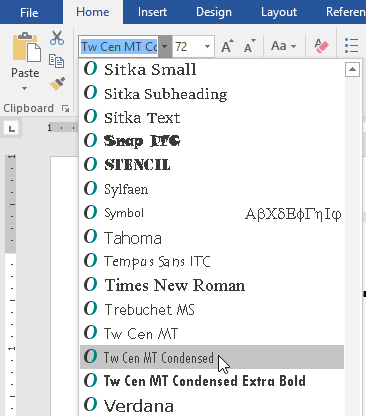

Character styles format selected text–a sentence, phrase, word, or even an individual character. Paragraph styles format the entire paragraph, as you might expect. In addition, formats affect different levels: paragraph, character, and linked.


Throughout this article, I’ll use these two terms, direct and style to distinguish between how formats are applied, because the difference matters. You can apply direct formatting without changing the underlying style. For instance, you might bold or italicize a word or phrase. Figure A A style is a collection of formats you apply as a group.Īs you work, you will often apply additional direct formats. To quickly change formatting, you can apply a different style, create a new style, or modify the current style (which I don’t recommend). Even if you don’t manually apply a style, you’re (always) using one–Normal is Word’s default style.

The safest formatting route is a style, a collection of formats saved as a single unit. How to create a fun Fly In effect in PowerPoint Learn advanced Excel skills for less than $35 You can use any Word file or you can download the badly formatted demonstration. I’m using Word 2016 on a Windows 10 64-bit system, but these features are available in older versions. In this article, we’ll review the following tools: Fortunately, Word provides a few easy-to-use tools that can help. Whether you’re sharing a document with users who don’t stick to styles or you’ve inherited a document, you might need to fix things before inconsistencies get out of hand. Inconsistent formatting can flip a seemingly stable document into chaos. Whether you're sharing new documents or revamping old ones, these three tools can reveal troublesome formatting problems. In that case, simply check this box again.Three ways to expose formatting inconsistencies in a Word document If this is not the case, the “Check spelling as you type” option was automatically disabled. In most cases, spelling and grammar errors will now be displayed again.Disable the options “Do not check spelling or grammar” and “Detect language automatically”.In the next dialog box, select “English” or the language used in the text.Then click the language displayed in the status bar. First, select the entire text by pressing Ctrl + A.The automatic spelling checker in Word won’t work if the language changes too many times in the text, for example if styles were incorrectly formatted. Word allows you to format different passages of text in different languages. This message is misleading because Word can detect almost any number of errors in a document. Occasionally, you’ll get an error message saying that the text contains too many spelling errors to continue displaying them.


 0 kommentar(er)
0 kommentar(er)
